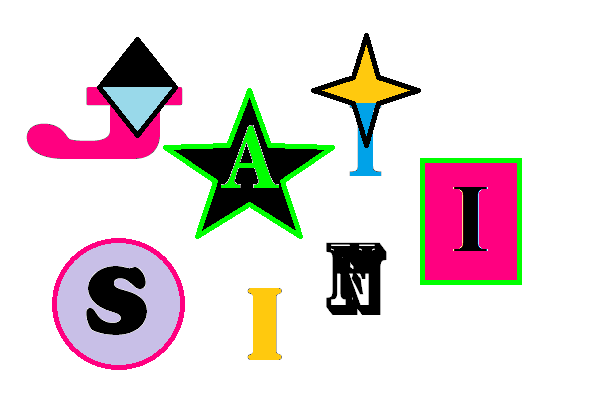Category Archives: hologram
gif gignyc’14 – Imgur
somewhat inadequate facing the seemingly recent past. I am the one who is supposed to have all the
content related to Gleitzeit activity on the early Internet starting 1998. The art mission on the internet… Seems like it was yesterday yet it was another era of desk top computers with running printers.
why Paul Jaisini
everything is pink invisible
“ACTIVE” engagement pushed the topic to the public, the only such art action that took place and received wide spread and interest… so on so forth… with ton of Invisible art comments that alone could made for thousands of art shows under Invisible Art title.
trance inducing
Artist try to capitalize but
gif hologram sparkling – Imgur
gif hologram sparkling – Imgur
“Visualising the Invisible.”
“When Revealing the Invisible INtheVISIBLE”
“InVisible: Art at the Edge of Perception”
“The art of measuring the invisible.”
In the word’s of philosophers simply a lie (de facto there was no such attempt made, no microscopes involved to show what might not be seen to the eye, etc.) As to poetics another claim holds little value when there’s nothing (some legend, etc) behind it.
amazing HYPNOTIC dots gif
Therefore things like art, books, schools were lacking the thing he was after, the true life experience with its excitements and dangers in his extremely high octane life of adventures. This brings me to the forth striking thing about Paul Jaisini.
Random Thoughts on Paul Jaisini… .
At 5 years of age he shocked his father who is an accomplished sculptor when his son had made a three dimensional composition in a drawing for kindergarten, when what is commonly expected from a child would be a stick figures drawing. Paul created a detailed realistic drawing of a human figure, animals, landscape and so on with perspective of which he knew nothing… He was not trained in any art school growing up as a “normal” kid.
1) When he is asked about his childhood or past times he describes things in such detail that to someone like me would be inconceivable.
In short he remembers absolutely everything to a minute what was happening to him ages ago and can give the exact photo-like description.
If he perhaps (I don’t know anything about his present life what he once told me I do know for a fact) doesn’t have the same eidetic memory in present times, nevertheless what was once processed by his eidetic memory in the past remains memorized in such particular to eidetic memory quality.
Same as child-artist same the adult visual artist might not be well-organized to collect own work but at least they love to see what they’ve made. Paul took no interest in his artworks he would typically give away.
luminous texture sparkles gif
As to what he creates on surface (paper, photography, etc) he calls it “killing time” at school and doing it without any pleasure. Any “normal” child gets huge pleasure from dealing with paints, drawings and crafts. Paul on the other hand has not experienced
any such pleasure while drawing/painting on paper. He did it as I already mentioned to kill time and to give his artworks away to his peers who liked what he did.
(Random Thoughts on Paul Jaisini… .









